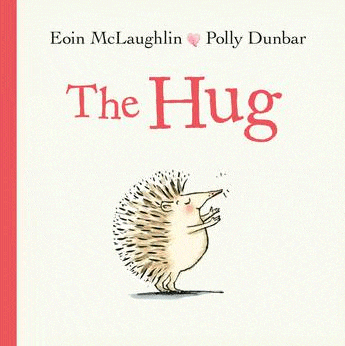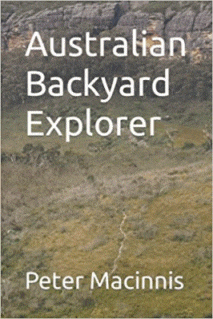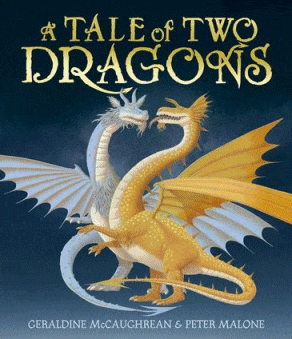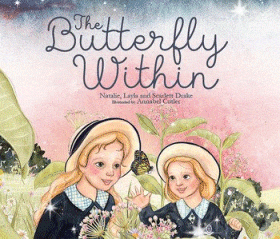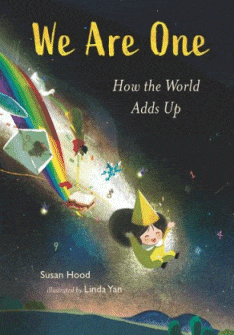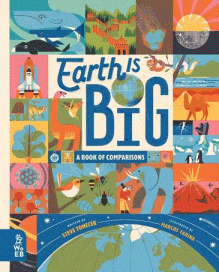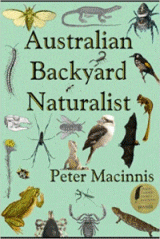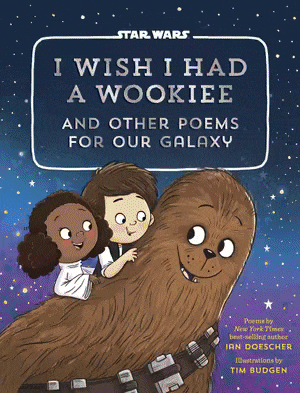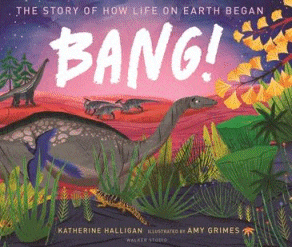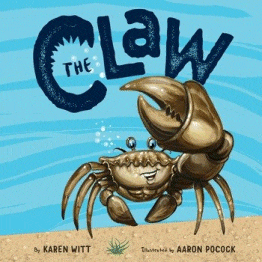
The Claw
The Claw
Karen Witt
Aaron Pocock
Little Steps, 2020
32pp., hbk., RRP $A24.95
9781922358103
‘Clive was charming, friendly and chipper, and on each side of his body, he boasted a nipper.’
He had many friends in the mudflats and played with them during the day although there were occasions when he had to defend himself. and during one fight he not only lost a nipper but also his confidence. He felt that because he was not whole and perfect like the others he had no place among them and despite their efforts to entice him out, he spent the day hiding in the weeds
Mud crabs are born to be BIG and STRONG
But with only one nipper, I don’t belong.
But when his friends are captured by Mr Beerbellio a greedy fisherman, who is intent on crab sandwiches regardless of the storm raging, Clive is forced to set his self-pity aside to help his friends.
While the premise of this story of lacking confidence because of being different is common, interpreting it in this way is new and young readers will enjoy predicting if and how Clive can be a hero, and particularly what might happen in the future given the twist in the end. The illustrations are the highlight bring Clive and his environment, and particularly Mr Beerbellio to life with their clever choice of colour and use of shading producing a 3D effect.
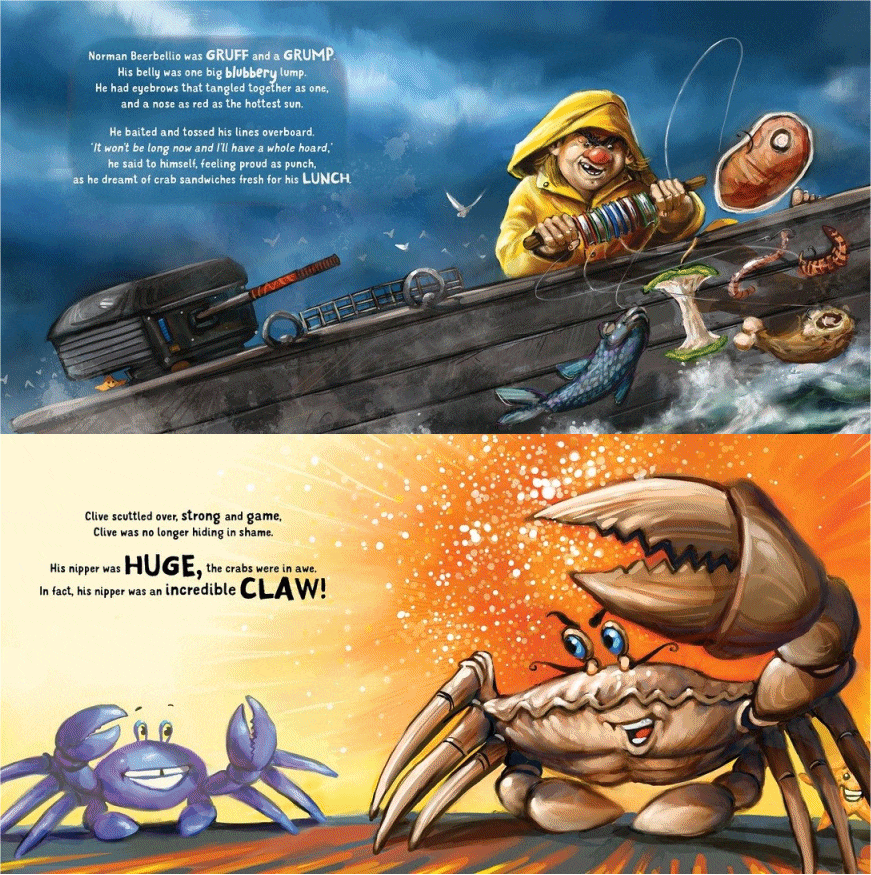
A peek inside…
As well as resonating with those readers who might also be lacking confidence because they believe they don’t meet the demands of the invisible, anonymous body police, this is also an opportunity to examine the behaviour of those like Mr Beerbellio and consider whether it’s right to take more than you need. Many will have been fishing for all sorts of species over summer and may have been frustrated by bag limits, but what is their purpose? A gentle way to introduce the concept of sustainability even to our youngest readers.
